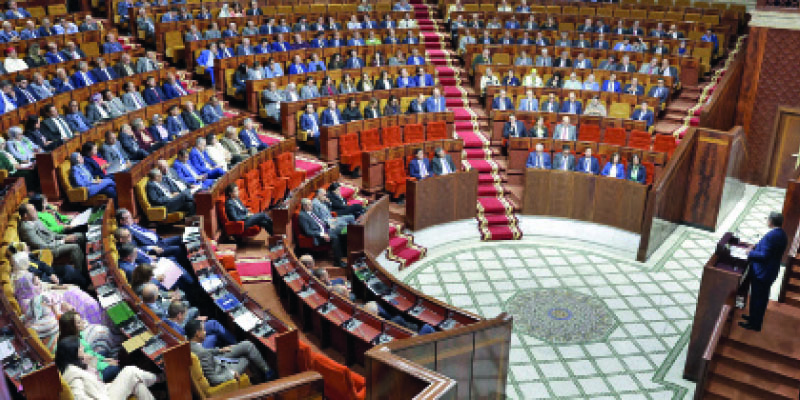
AN analysis of the parliamentary activity in Morocco through the questions asked by MPs reveals a contrasting reality. The report entitled “What do MPs (both males and females) do?”, published by Tafra, sheds light on the political and institutional dynamics shaping the Moroccan Parliament. MPs in the sixth session of the 2021-2026 legislature asked 2,932 questions, bringing the total for the current legislature to over 26,000. This figure is higher than in previous legislatures, reflecting an increased willingness on the part of elected representatives to exercise their mission of overseeing government action. However, the effectiveness of this activity is put into perspective by a government response rate of just 34%. This average is part of an improving trend (+15% with respect to the previous session), but it remains insufficient in view of parliamentary expectations and the imperatives of democratic transparency. The opposition stands out as being more active than the majority. Opposition groups accounted for 65% of questions, illustrating their central role in questioning the executive. By contrast, the parliamentary majority, which is more supportive of the government, adopts a more moderate stance, with 35% of questions asked.
The Socialist group (USFP) and the Haraki group (MP) dominated the exchanges, with 615 and 685 questions respectively, while the majority party, the RNI, asked 437. This disparity reflects a political reality in which the opposition exploits the tool of parliamentary questions to assert its critical role vis-à-vis the executive. A notable finding of the report concerns the distribution of interventions between MPs according to seniority and gender. New MPs, representing 30% of the Parliament, are significantly more active, with an average of 12 questions per elected member, compared with 4 for their re-elected colleagues. Female MPs, although in the minority (24% of seats), are more involved than their male counterparts. They ask an average of 9 questions, compared with 6 for men, demonstrating a greater dynamism despite institutional under-representation.
An analysis of parliamentary issues reveals major regional disparities. While MPs’ activity varies according to political dynamics, it also reflects territorial imbalances in terms of representation and legislative participation.
Amine BOUSHABA


























